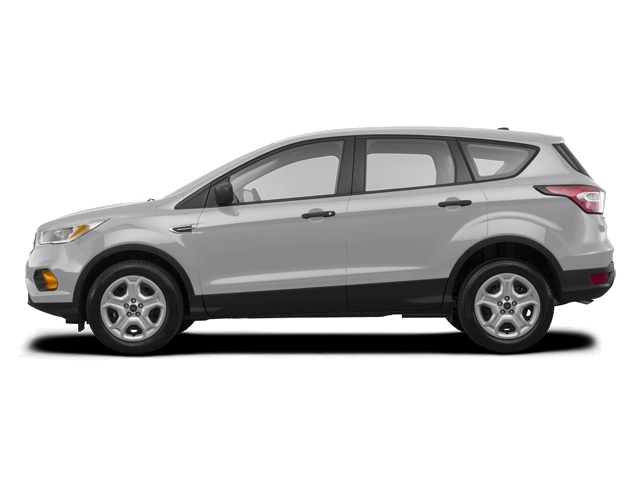2008 Ford Escape Owner's Manual

Table of Contents
2008 Ford Escape Overview
Introduction
The 2008 Ford Escape is a compact SUV that combines practicality with a spirited driving experience. With its rugged design and approachable size, the Escape is perfect for urban dwellers as well as outdoor enthusiasts. This versatile vehicle is designed for families and individuals who require a reliable and efficient mode of transportation without sacrificing style or comfort.
Powertrains
The 2008 Escape offers a choice of two capable engines. The base model is powered by a 2.5-liter four-cylinder engine generating 171 horsepower, providing a good balance of performance and fuel efficiency. For those seeking more power, a 3.0-liter V6 engine with 200 horsepower is available, delivering a more robust driving experience. Both powertrains come with either a five-speed manual or a six-speed automatic transmission, while an all-wheel-drive option enhances traction and stability in various driving conditions.
Trims
The 2008 Ford Escape is offered in three distinct trims: XLS, XLT, and Limited. The XLS is the base model, equipped with essential features such as air conditioning, keyless entry, and an audio system with a CD player. The XLT adds popular amenities including alloy wheels, chrome grille accents, and an upgraded audio system. The top-of-the-line Limited trim enhances luxury with leather upholstery, heated front seats, and premium sound quality, making it ideal for those who prioritize comfort and style.
Features
Standard features of the 2008 Escape contribute to a comfortable and connected driving experience. Options include a power moonroof, GPS navigation, and an available rearview camera for added safety. The spacious interior can accommodate five passengers and offers ample cargo space, making it a practical choice for families. Safety ratings are favorable, with standard features such as front airbags, anti-lock brakes, and available electronic stability control.
Owner's Manual
For new owners, the 2008 Ford Escape comes with a comprehensive owner's manual designed to provide essential information about vehicle operation, maintenance, and troubleshooting. This manual serves as a valuable resource, detailing everything from routine maintenance schedules to safety features, ensuring drivers can enjoy their Escape to its fullest potential.
User manual download
The Ford Escape owner manual for the 2008 model year is to be found in PDF downloadable format on this page. The owner manual for the model year 2008 is free and in English, but the repair manuals are usually not easy to get and may cost more.
Manual Questions
Fill the form below and someone will help you!

